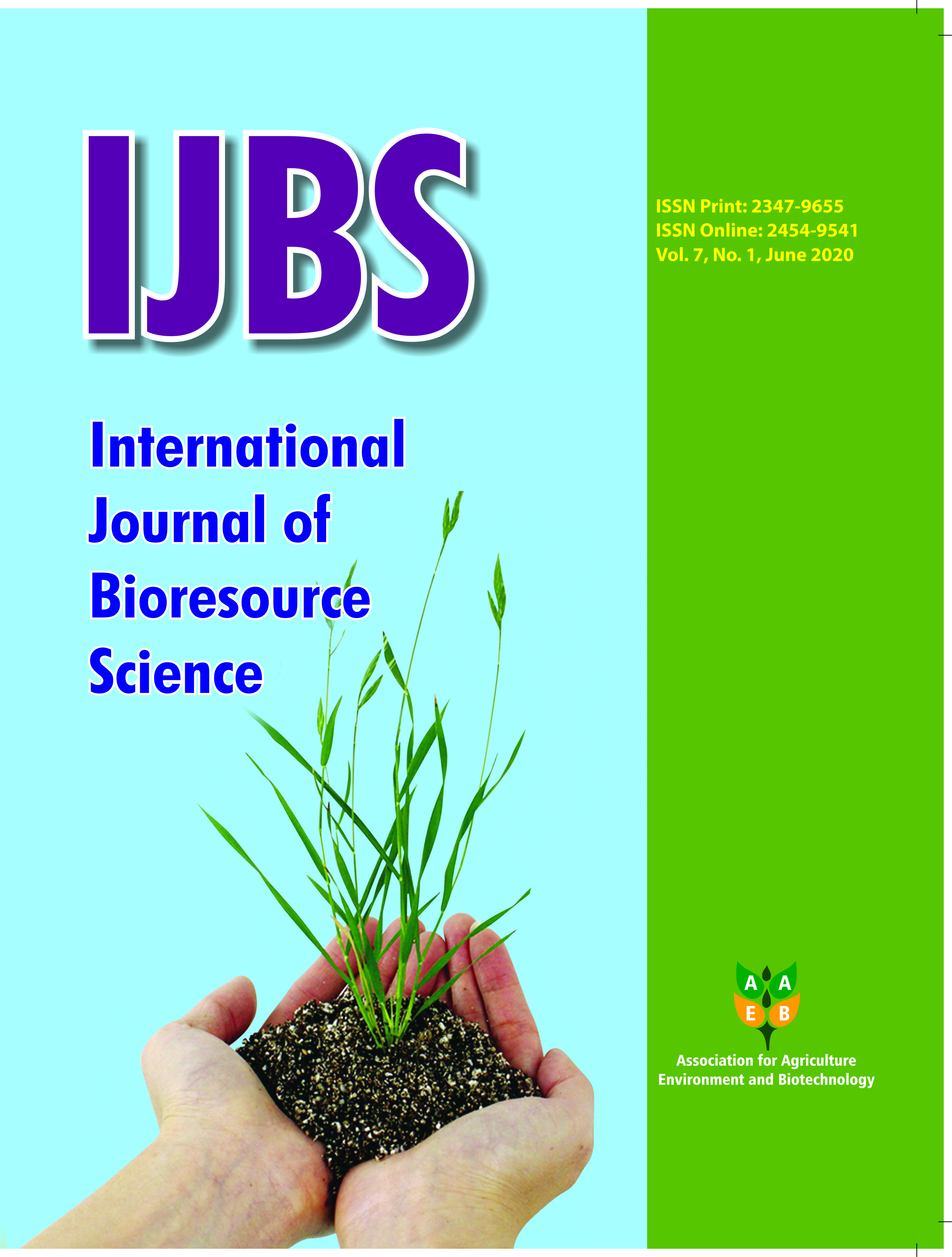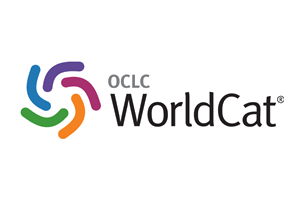Shallow groundwater is a critical source of drinking water and other uses for majority of the population globally. Despite their importance, shallow groundwater is highly vulnerable to contamination from nitrates and pesticides due to intensive agricultural practices, population growth, and climate change. Sources of nitrate contamination include excessive fertilizer use, livestock manure, and inadequate wastewater management, while pesticide pollution results from the extensive application of agrochemicals
and improper disposal of pesticide containers. Both nitrates and pesticides pose significant risks to human health, including methemoglobinemia, cancer, and endocrine disruption, as well as environmental degradation such as eutrophication and biodiversity loss. Sandy soils and shallow aquifers are particularly susceptible to contamination due to high infiltration rates and low adsorption capacities. Several challenges such as high implementation costs, inconsistent policies, and limited stakeholder awareness are a hindrance to effective adoption. Strong regulatory frameworks, frequent monitoring of contaminant levels, and robust community engagement are critical for safeguarding groundwater resources. This review explores the primary sources, transport mechanisms and impacts of nitrate and pesticide contamination in shallow aquifers, emphasizing the interaction between agricultural practices,
hydrogeological conditions, and regulatory measures in mitigating contamination risks. Future research should focus on extended longitudinal studies, advanced GIS based modelling approaches, and the cumulative impacts of nitrate and pesticide pollution to inform evidence-based policymaking and ensure the sustainable management of shallow groundwater systems.








